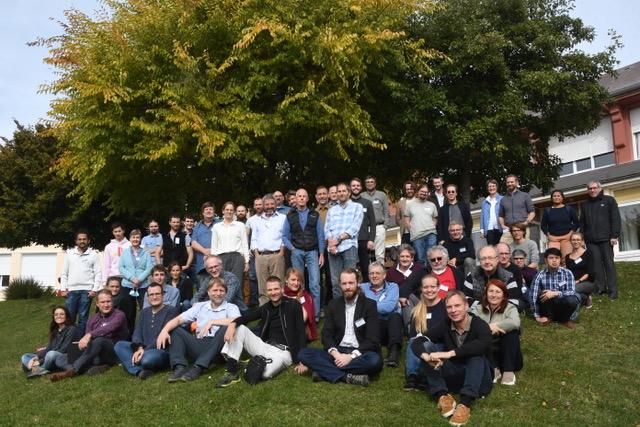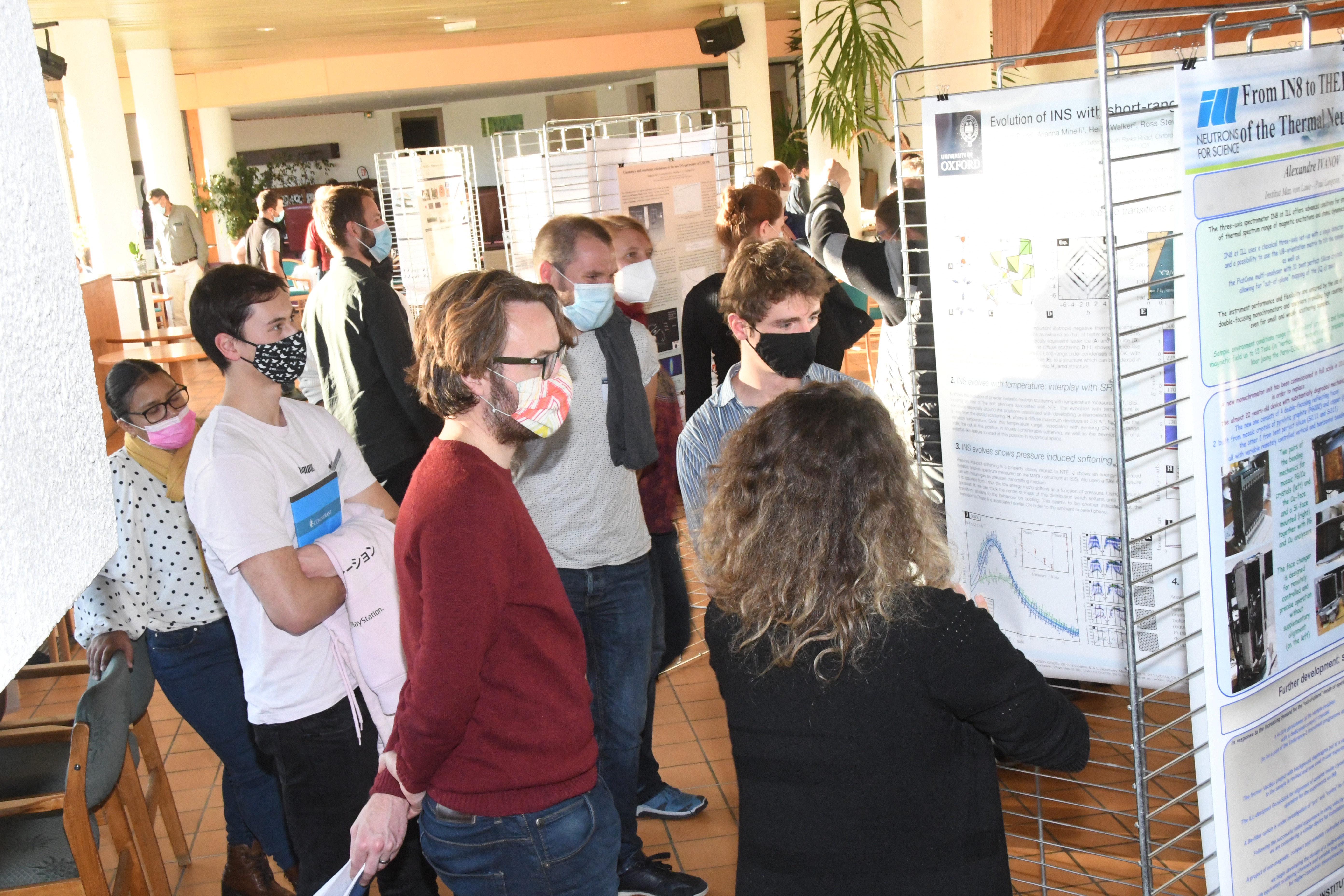i2ns workshop looks at the road ahead for the European neutron spectroscopy community

The 2021 workshop on Innovative Inelastic Neutron Scattering – i2ns – took place in the Vercors mountains, close to Grenoble, France, from 18-20 October. Since the first announcement for i2ns went out in autumn 2019, the workshop dates were shifted twice due to the restrictions placed on travel and gatherings that followed the outbreak of the COVID-19 pandemic. The organisers’ insistence on an in-person meeting was rewarded by the excellent atmosphere generated among the 60 participants who traveled to Autrans. In accordance with the new work experiences developed throughout the COVID period, the meeting included a hybrid event, which enabled 70 additional participants to follow the workshop via a webinar.
The purpose of the workshop was to bring the European neutron spectroscopy community together for lively discussions around recent and future developments concerning single-crystal spectroscopy on neutron triple-axis and time-of-flight spectrometers.
"The scientific exploitation of the novel instruments under construction at ESS relies on a motivated user community to carry forward and continuously enlarge the traditionally strong scientific case for spectrometers," said Martin Boehm, instrument scientist at the Institut Laue-Langevin (ILL) and co-organiser of i2ns. "On the other hand, the European neutron landscape has changed significantly in recent years, impacting neutron spectroscopy especially hard. This has raised new questions concerning the experimental possibilities in the midterm future, and set the scene for i2ns."
 |
The i2ns poster session on 20 October 2021 in Autrans, France. |
The program of the workshop was split into five sessions addressing three main topics:
- New algorithms for data acquisition and data treatment, including Machine Learning-based concepts
- Recent innovation on instruments, sample environment and simulation methods
- New science on single-crystal spectrometers
Each session was prepared by its respective chair and the organizers well in advance of the meeting in order to elaborate the respective goals of the sessions and to steer the discussions.
A poster session at the end of the second day was followed by a social event, rounding out a rich and vivid exchange among the participants on the various scientific and instrumentational questions.
The meeting was made possible with support from the Institut Laue-Langevin, the Paul Scherrer Institute, Swiss Neutronics and the EU project BrightnESS².

